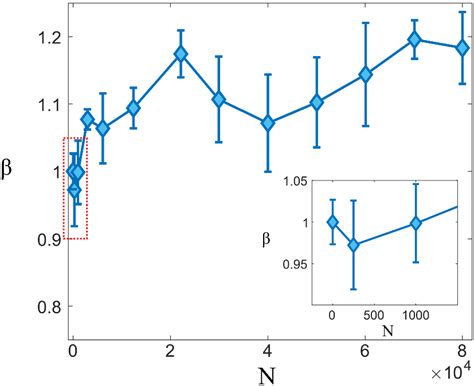Nonlinearity in Musical Instruments
A natural starting point for the study of any physical system is linearisation–leading to great simplification is terms of analysis, and also, in the computer age, to design flexibility and algorithmic simplification in simulation. The acoustics of musical instruments is no exception. One question, then, is: how much of the behaviour of a given instrument can be linearised? The only clear answer is: definitely not all of it. The production of musical sound by an instrument, whether it is struck, blown, or bowed, relies critically on a nonlinear excitation mechanism. One standard model of the musical instrument, then, relies on a subdivision of the instrument into a nonlinear excitation mechanism, which is to a good approximation lumped, and a linear resonator which is distributed, and characterized by a number of natural frequencies, or modes. Such a model has been employed, for many particular cases, for some time–a powerful unified picture emerged, however, with the article by McIntyre, Schumacher and Woodhouse [1].
https://www.academia.edu/8027847/The_Changing_Picture_of_Nonlinearity_in_Musical_Instruments
The concept of nonlinearity in musical instruments has undergone a significant evolution over time, influenced by advances in technology, changes in musical styles, and shifts in the understanding of acoustics and signal processing. Here are some key aspects of the changing picture of nonlinearity in musical instruments:
1. Traditional Acoustic Instruments: Historically, nonlinearity in musical instruments primarily referred to the inherent nonlinearities present in acoustic systems. These nonlinearities could arise from factors such as the physical properties of the instrument, including materials, resonant frequencies, and playing techniques. For example, in string instruments like the violin or guitar, nonlinear effects such as string stiffness and bowing pressure can produce complex harmonic content and timbral variations.
2. Electronic and Digital Instruments: With the advent of electronic and digital technology, new forms of nonlinearity emerged in musical instruments. Electronic synthesizers introduced nonlinear signal processing techniques such as distortion, modulation, and waveshaping, allowing musicians to create a wide range of expressive and unconventional sounds. Digital synthesis methods, including wavetable synthesis, granular synthesis, and physical modeling, further expanded the possibilities for nonlinear sound generation and manipulation.
3. Effects Processing: Nonlinear effects processing has become integral to modern music production, with a vast array of guitar pedals, audio plugins, and studio processors offering nonlinear distortion, filtering, and time-based effects. These effects can add warmth, character, and complexity to musical sounds, transforming simple waveforms into rich and dynamic textures.
4. Nonlinear Dynamics and Chaos Theory: In recent decades, there has been growing interest in the application of nonlinear dynamics and chaos theory to the study of musical systems. Researchers and musicians explore the nonlinear behavior of musical instruments and systems, seeking to understand phenomena such as bifurcations, chaotic oscillations, and fractal patterns in music composition and performance.
5. Hybrid Instruments and Interfaces: The boundaries between acoustic, electronic, and digital instruments have become increasingly blurred, giving rise to hybrid instruments and performance interfaces that combine elements of traditional and cutting-edge technology. These instruments often incorporate nonlinear feedback loops, sensor-based interaction, and algorithmic processing, enabling musicians to explore new sonic territories and modes of expression.
Overall, the changing picture of nonlinearity in musical instruments reflects a dynamic interplay between tradition and innovation, craftsmanship and technology, science and art. As musicians and instrument designers continue to push the boundaries of creativity and experimentation, the role of nonlinearity in shaping the sound and experience of music will undoubtedly evolve in fascinating ways.
